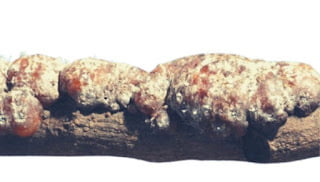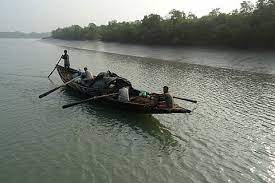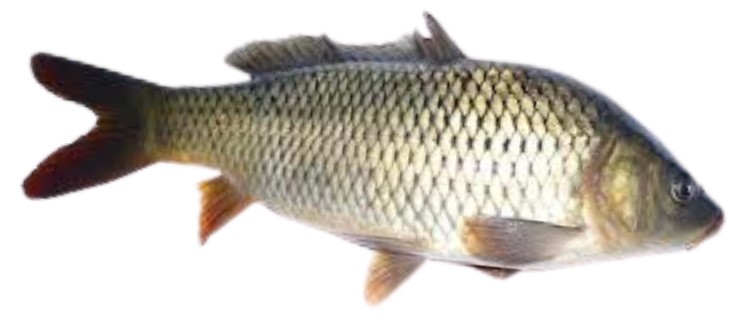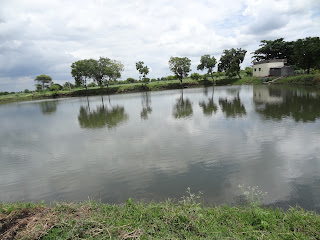Remote Sensing Techniques: Fisheries have undergone a revolution because to remote sensing methods, which offer insightful data and useful information for efficient resource management. Remote sensing has become a vital tool in pelagic fisheries, where fish species live in the open water column, for monitoring fishing activity, estimating fish populations, and encouraging sustainable fishing methods. This paper explores the use of remote sensing methods in pelagic fisheries, emphasizing their benefits, varieties, and incorporation into fisheries management.
Understanding Remote Sensing in Fisheries
Using a variety of sensors and tools, remote sensing entails gathering data from a distance. Without making physical touch, it allows us to collect important data about fish populations and the marine environment in the context of fisheries. The distribution of pelagic species, chlorophyll content, sea surface temperature, and ocean currents are all included in this data.
Benefits of Remote Sensing in Pelagic Fisheries
In pelagic fisheries, the use of remote sensing techniques provides a number of important advantages:
Better Fish Stock Evaluation: Accurate estimation of fish abundance and distribution is made possible by the entire perspective of the pelagic environment that remote sensing data provides to fisheries experts. By using this data, overfishing can be avoided and sustainable catch levels can be established.
Real-time Fishing Activity Monitoring: Real-time tracking of fishing vessels is made possible by satellite-based remote sensing, which helps identify illegal, unreported, and unregulated (IUU) fishing activities. This kind of observation encourages ethical fishing methods and aids in the fight against illicit fishing.
An improved oceanographic data set: Sea surface temperature and chlorophyll concentration are two important oceanographic parameters that are obtained through remote sensing and have an impact on the distribution and behavior of pelagic species. Comprehending these elements is essential for effective management of fisheries.
Types of Remote Sensing Techniques
Various remote sensing techniques are employed in pelagic fisheries. Remote sensing techniques and their applications in pelagic fisheries. These methods play a crucial role in monitoring marine ecosystems, identifying potential fishing zones, and enhancing sustainable fisheries management.
Satellite-based Remote Sensing:
Satellites equipped with advanced sensors capture data on sea surface temperature, ocean color, and surface currents. This information helps monitor changes in the marine environment and identify potential fishing grounds.
Acoustic Remote Sensing:
Acoustic technologies use sound waves to detect fish in the water column. By analyzing the echoes produced by fish schools, scientists can estimate fish biomass and distribution. several types of remote sensors are used for fish detection in pelagic fisheries.
1. Fish Detection:
1.1 Aerial Surveys for Sardine Schools
- Objective: Detect, identify, and monitor the shape and movement of schools of Japanese sardines (Sardinops melanosticta) off the southeast coast of Hokkaido, Japan.
- Technique: Airborne remote sensing using a Cessna U-206G equipped with visual observation and an aerial camera.
- Method: Aerial surveys provide a synoptic view, covering a wider geographic area than sonar measurements or underwater observations. The shape, color, and movement of sardine schools were observed from a small aircraft at an altitude of 500 meters. Aerial photographs were subsequently used to measure the schools, and yellow dye dispensers attached to floating devices helped determine fish movement.
- Results: The dark blue color at the front and the “watery blue” color at the rear allowed single-observation determination of school movement. The relative dimensions of sardine schools were approximately 33:50:5:1 (breadth:length:vertical extent), with breadth usually representing the leading edge of the school. Aerial survey methods effectively study fish school behavior1.
2. Operational Uses of Satellite Remote Sensing (SRS) in Pelagic Fisheries:
- Identification of Potential Fishing Zones (PFZs): Leveraging the relationships between target species and environmental factors to identify productive fishing areas.
- Management Measures: Focusing on minimizing bycatch of endangered species through informed decision-making.
3. Future Directions:
- Cutting-Edge Technologies: Integrating visible, infrared, microwave remote sensing, GPS, Beidou, AIS, Argo, and other multi-source satellite observations. Combining these with artificial intelligence, big data, and IoT to enhance accuracy in monitoring fisheries and predictive modeling.
4. LiDAR (Light Detection and Ranging):
LiDAR systems use laser pulses to measure distances and create detailed three-dimensional representations of the ocean surface. This technique aids in mapping underwater terrain and identifying potential fish habitats.
Integrating Remote Sensing with Fisheries Management
The successful integration of remote sensing data with fisheries management requires collaboration between scientists, policymakers, and fishing communities. By incorporating real-time data into decision-making processes, authorities can implement adaptive management strategies that promote sustainability.
Challenges and Limitations
While remote sensing is a powerful tool, it is not without challenges and limitations. Some of these include satellite data accessibility, cost implications, and the need for specialized training to interpret and analyze remote sensing data accurately.
Conclusion
The application of remote sensing techniques in pelagic fisheries has transformed the way we understand and manage marine resources. With the ability to assess fish stocks, monitor fishing activities, and gather vital oceanographic information, remote sensing plays a pivotal role in promoting sustainable fishing practices and safeguarding the delicate marine ecosystem.
Frequently Asked Questions (FAQs)
What is the role of remote sensing in pelagic fish stock assessment?
Remote sensing provides critical data on oceanographic conditions and fish distribution, allowing scientists to estimate fish stock abundance and make informed management decisions.
How does satellite-based remote sensing help in monitoring fishing activities?
Satellite-based remote sensing allows for the real-time tracking of fishing vessels, enabling authorities to monitor fishing activities and combat illegal fishing effectively.
Is remote sensing cost-effective for small-scale fisheries?
While initial costs may be a concern, remote sensing can bring long-term benefits, such as sustainable fishing practices and improved catch efficiency, making it a worthwhile investment for small-scale fisheries.






